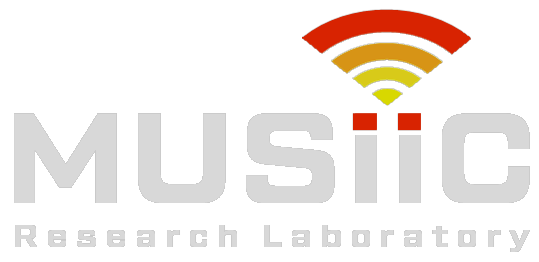- J. Kang, R. C. Kohler, S. Adams, E. M. Graham, and E. M. Boctor, “Light-emitting diode-based transcranial photoacoustic measurement of sagittal sinus oxyhemoglobin saturation in hypoxic neonatal piglets,” bioRxiv 262451, 24 Aug. 2020
- J. Kang, E. M. Boctor, S. Adams, E. Kulikowicz, H. K. Zhang, R. C Koehler, E. M Graham “Validation of noninvasive photoacoustic measurements of sagittal sinus oxyhemoglobin saturation in hypoxic neonatal piglets,” Journal of Applied Physiology 125(4), 983-989, 1 Oct. 2018.
Brain injury in the perinatal period, including hypoxic-ischemic encephalopathy (HIE) and stroke, produces devastating life-long disabilities of enormous cost to society and to the families of these children. Of the 4 million births yearly in the U.S., the incidence of HIE is 1-3 per 1000 term infants. 15 % of cerebral palsy is associated with intrapartum hypoxia-ischemia. In preterm infants, cerebral palsy affects 6-9 % of babies born at < 32 weeks and as many as 28 % of babies born at < 26 weeks. With 10 % of babies born preterm this means that every year there are over 10,000 children born with cerebral palsy that is likely linked with intrapartum hypoxia-ischemia. Unfortunately, current technology is limited in terms of fetal brain monitoring during labor, which makes it very challenging to identify whether a baby has suffered brain injury in the perinatal period. Electronic fetal heart monitoring (EFHM) has been a standard modality for intrapartum fetal monitoring since 1970 and is used in >85% of all laboring patients, but it is a nonspecific method with a 99.8-% false-positive rate for predicting childhood neurologic injury. Although the cesarean rate has increased from 5% to >30% as a result of the use of EFHM, the incidence of cerebral palsy in term babies has remained unchanged.
Photoacoustic (PA) imaging has been highlighted as a hybrid modality which can provide the molecular contrast of light absorbance at acoustic spatial resolution (~hundreds of μm) and penetration depth (several cm). In PA imaging, pulsed light of a specific wavelength is emitted; that light is absorbed by a target, thereby generating an acoustic pressure that corresponds with the light absorbing and thermoelastic properties of the target. The generated acoustic pressure propagates through biological tissue, and is measured by an ultrasound transducer. In addition, PA imaging can share the imaging field-of-view with sequential ultrasound (US) imaging, which enables it to simultaneously provide morphological and functional information. Transcranial, functional PA (fPA) imaging of HbO2 saturation (sO2) and total hemoglobin concentration (tHb) in deep brain tissue has been investigated in preclinical trials. However, prior fPA devices have been based on an expansive and sophisticated array system (> 512 elements), hampering its translation into clinical use. Recently a patent for a compact approach for intrapartum fetal brain monitoring was registered, but it only gives a single-point reading without any visual guidance, and lacks spatial specificity. The prior approaches also focused solely on hemodynamic change, rather than on concurrently providing comprehensive information about labor progression such as cervical dilation, which must be assessed frequently and is currently achieved by palpation which is often uncomfortable. Therefore, there is an urgent need to develop a cost-effective fetal brain monitoring device that is also capable of
providing information on labor progression.
In this project, we describe an endovaginal US/PA monitoring platform (UPMON) continuously monitoring direct neurophysiological measures in fetal brain and maternal cervix dilation during labor.
